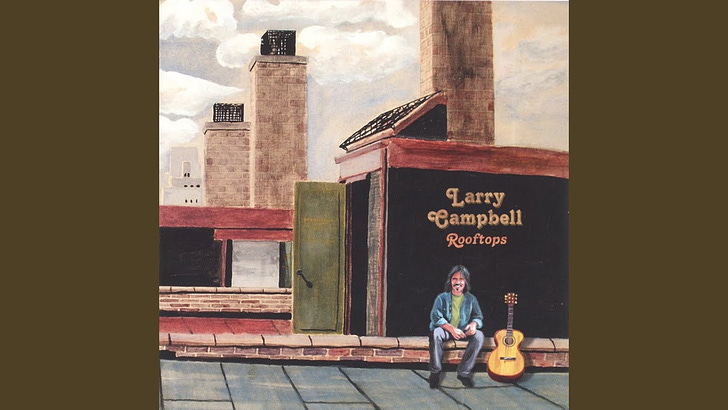Larry Campbell: Rooftops
Larry Campbell was a team player. That sense of when and what to play never changed during his long tenure with Bob Dylan.
Keep reading with a 7-day free trial
Subscribe to The Joker and the Thief — Newsletter to keep reading this post and get 7 days of free access to the full post archives.



